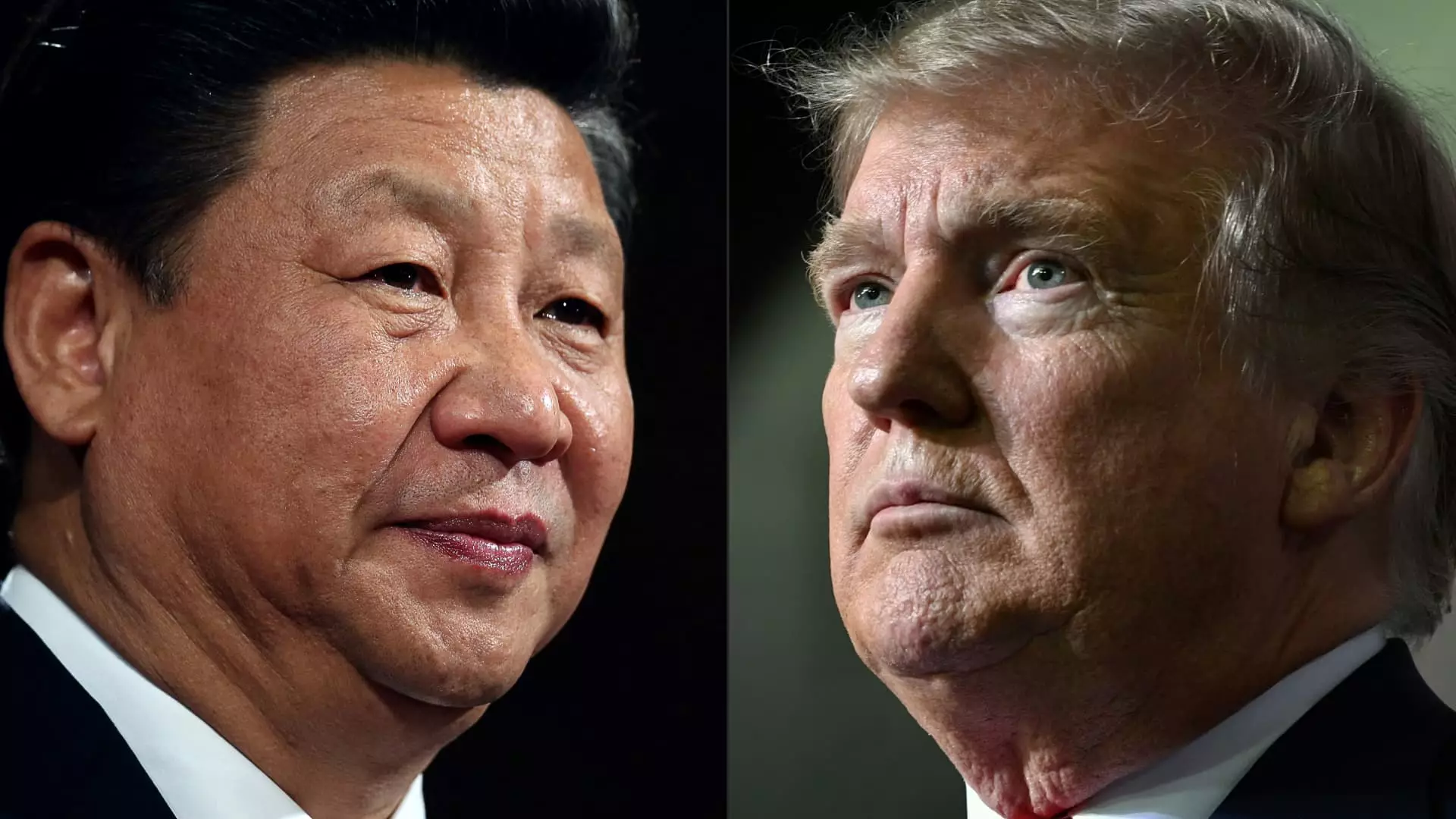The relationship between the United States and China has always been intricate and multi-layered, driven by economic interests, geopolitical power plays, and historical tensions. President Donald Trump’s recent comments regarding a possible visit from Chinese President Xi Jinping underscore the ongoing diplomatic interactions that characterize this relationship. As Trump focuses on trade negotiations and the controversies surrounding technology like TikTok, it becomes clear that U.S.-China relations remain a pivotal aspect of international dialogue.
In a press conference aboard Air Force One, President Trump expressed optimism about the potential for Xi Jinping to visit the U.S. However, he refrained from specifying any timeline for this visit, highlighting the uncertainty that often surrounds such high-stakes diplomatic engagements. The significance of Xi’s visit cannot be understated; it could pave the way for discussions that might ease existing trade tensions, as the relationship has been marked by the imposition of tariffs and economic sanctions.
Trump’s assertion that both leaders must engage in direct talks if they want to reach a new trade deal reflects the intrinsic belief that personal diplomacy can overcome systemic challenges. Each meeting or conversation between Xi and Trump is perceived as crucial for negotiating terms that could benefit both nations, particularly as global economies are impacted by these bilateral relations.
Trade Negotiations and Technology Tensions
Trump’s remarks touched upon critical issues like the popular social media platform TikTok, which has recently become a focal point in U.S.-China relations. The U.S. government is keen on brokering a sale of TikTok, which is owned by the Chinese company ByteDance. This tech-related tension illustrates broader concerns the U.S. has regarding data security and the influence of Chinese technology companies. The discourse surrounding TikTok is emblematic of the larger issue of technological supremacy that underpins modern international relations.
While Trump did mention conversations that he had with Xi prior to assuming office, the details remained ambiguous, leaving room for speculation about the topics discussed. The evolving nature of these discussions highlights the unpredictability of diplomatic communications and the varying agendas that both nations may have.
The challenges between the U.S. and China extend well beyond trade and technology. Issues such as human rights, the origins of COVID-19, and regional security, particularly concerning Taiwan, represent broader areas of contention that further complicate their relationship. China’s foreign ministry’s non-response to Trump’s statements illustrates the cautious and often strategic approach Beijing takes in its diplomatic engagements with Washington.
Moreover, Trump’s comments regarding potential negotiations with Russia about ending the war in Ukraine reflect a broader inclination to engage in proactive diplomacy. Such remarks unveil an ambitious vision of American foreign policy that seeks to address various conflicts simultaneously, albeit with varying degrees of success and public support.
The dynamic between the U.S. and China continues to evolve, shaped by interactions among their leaders and the pressing global issues at play. While hopes for improvement in relations linger, the route ahead is fraught with complexity and requires adept navigation through myriad challenges. The unfolding scenario will undoubtedly influence not only bilateral relations but also the global geopolitical landscape moving forward.


Leave a Reply